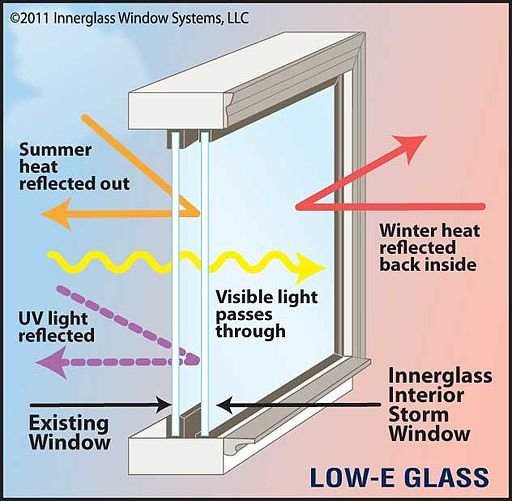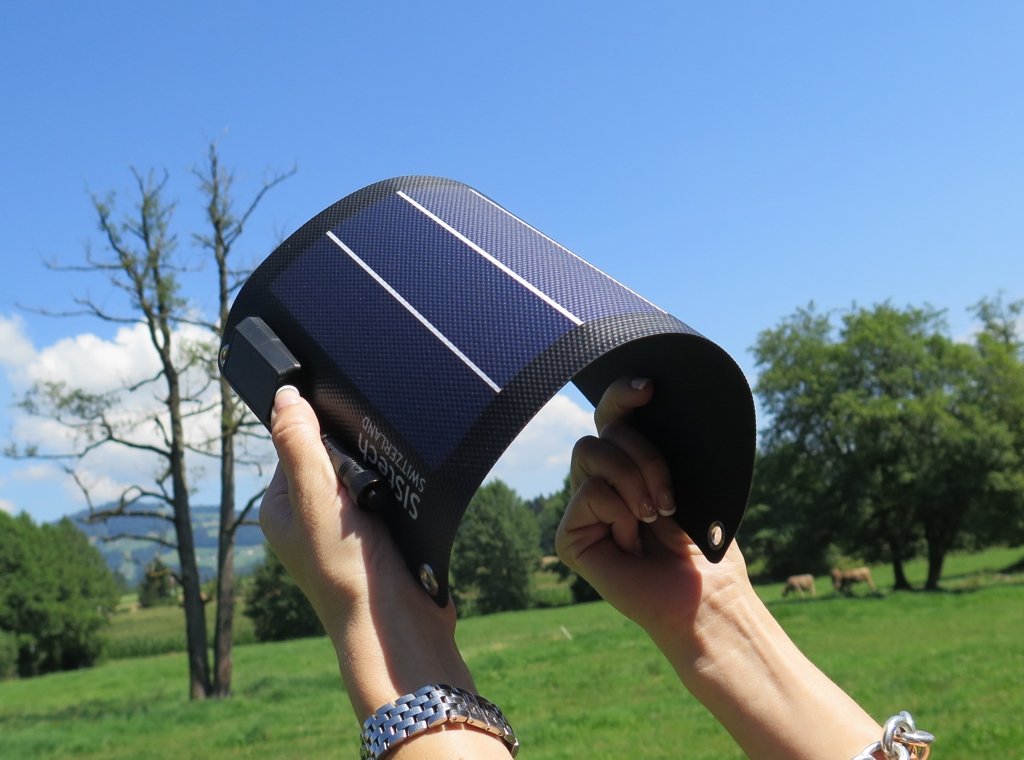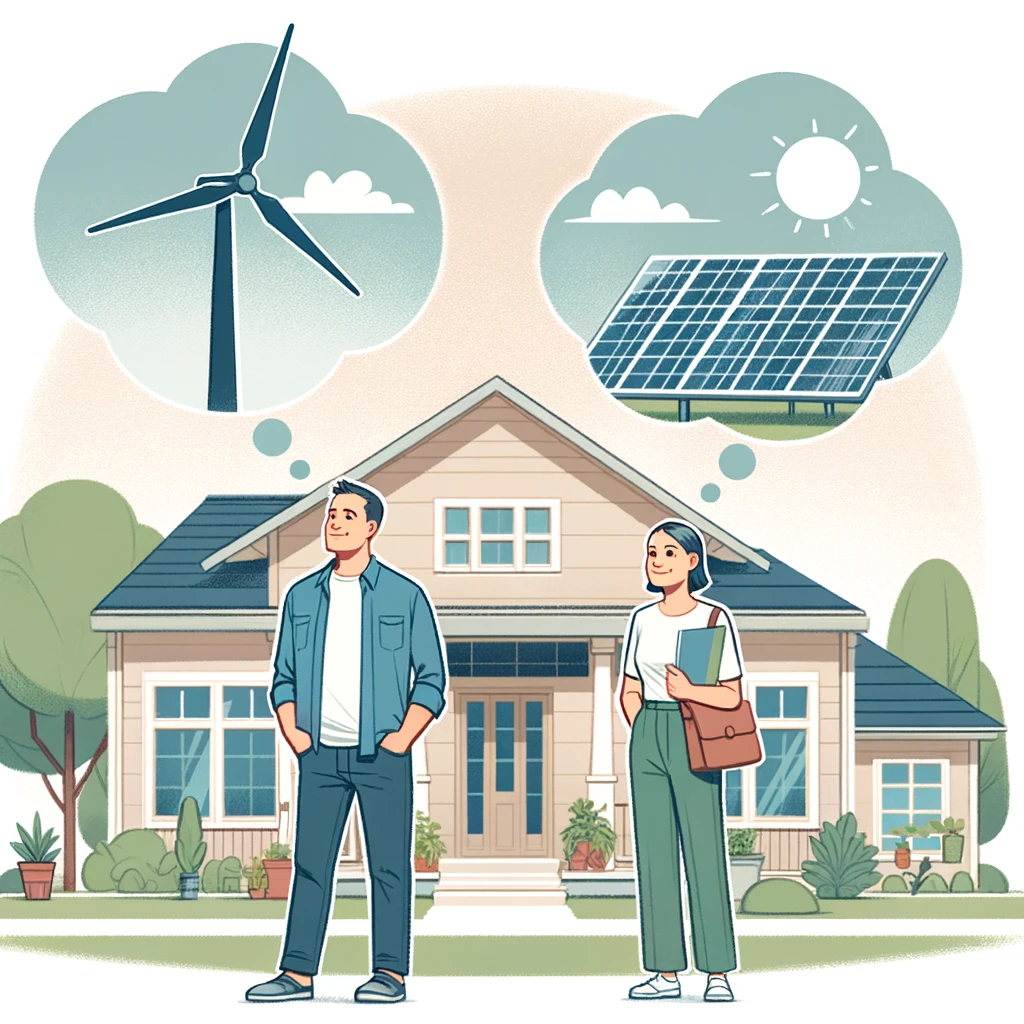In the realm of sustainable living, Net Zero homes stand as beacons of innovation, promising a future where residences generate as much energy as they consume. This comprehensive guide explores the intricacies of Net Zero construction, unveiling the principles, strategies, and considerations that pave the way for environmentally conscious and energy-efficient living.
| Did you know… |
|---|
|
|
|
|
|
We will cover…
Understanding Net Zero Homes: A Green Revolution
Defining Net Zero Construction
At its essence, a Net Zero home is designed and constructed to produce as much energy as it consumes over the course of a year. A Net Zero house is achieved through a combination of energy-efficient design, on-site renewable energy generation, and a meticulous balance between energy consumption and production. Net Zero home design plays a crucial role in mitigating the environmental impact of residential living while offering long-term economic benefits for homeowners.

Principles of Net Zero Construction
Energy-Efficient Design:
- Net Zero homes prioritize energy efficiency through thoughtful design and layout.
- Proper insulation, airtight construction, and strategic window placement are fundamental principles.

Renewable Energy Integration:

- On-site renewable energy sources, such as solar panels or wind turbines, are incorporated to generate clean energy.
- The goal is to offset the energy consumed by the home through the production of renewable energy.
Energy Recovery Systems:
- Systems like heat recovery ventilators (HRVs) and energy recovery ventilators (ERVs) optimize ventilation while minimizing energy loss.
- During the winter, HRVs and ERVs pre-warm the incoming cold air using the heat from the outgoing warm air, reducing the need for additional heating. In the summer, they help cool and dehumidify incoming air, reducing the load on air conditioning systems.

High-Performance Windows and Doors:
- Energy-efficient windows and doors with high thermal resistance contribute to minimizing heat loss or gain.
- Low-E windows have a special coating that reflects a significant amount of infrared and ultraviolet light while allowing visible light to pass through.
Advanced HVAC Systems:
- Heating, ventilation, and air conditioning (HVAC) systems are designed for maximum efficiency, often incorporating smart technologies for precise control.

Water Conservation Strategies:

- Net Zero homes often integrate water-efficient (low-flow) fixtures, rainwater harvesting, and greywater recycling systems to reduce water consumption.
Net Zero Home Construction Process
1. Site Assessment and Planning:
- Evaluate the site for solar exposure, wind patterns, and other environmental factors (see article on Passive Home Design).
- Plan the layout and orientation of the home to optimize energy efficiency.
2. Energy Modeling:
- Utilize energy modeling software to simulate the energy performance of the home.
- Identify areas for improvement and refine the design based on modeling results.
3. Material Selection:
- Choose eco-friendly and energy-efficient building materials with a low environmental impact.
- Prioritize materials that contribute to the overall energy performance of the home.
4. Insulation and Airtight Construction:
- Implement high-quality insulation materials to minimize heat transfer.
- Ensure airtight construction to prevent drafts and heat loss.
5. Renewable Energy Installation:
- Install on-site renewable energy systems, such as solar panels or wind turbines.
- Optimize the placement and orientation of renewable energy infrastructure.
6. Advanced HVAC Installation:
- Integrate energy-efficient heating and cooling systems, often incorporating smart thermostats for precise control.
- Implement energy recovery systems to enhance ventilation.
7. Water Conservation Systems:
- Install water-efficient fixtures and consider rainwater harvesting and greywater recycling systems.
- Design landscaping to minimize water usage.
8. Quality Assurance and Testing:
- Conduct rigorous testing, including blower door tests, to ensure the home meets energy efficiency standards.
- Address any identified issues to optimize performance.
The Benefits and Challenges of Net Zero Construction
Benefits of Net Zero Homes
| Factor | Benefits |
|---|---|
| Reduced Environmental Impact | – Net Zero homes significantly reduce carbon emissions and environmental impact compared to traditional homes. – The integration of renewable energy sources contributes to a cleaner and more sustainable future. |
| Energy Cost Savings | – Homeowners of Net Zero homes often experience significant energy cost savings over the long term. – On-site energy generation reduces reliance on external energy sources. |
| Increased Resilience | – Net Zero homes are designed to be resilient to external factors, such as power outages. – On-site renewable energy generation provides a degree of energy independence. |
| Enhanced Comfort | – Thoughtful design, insulation, and ventilation contribute to a comfortable and healthy living environment. – Consistent indoor temperatures and improved air quality enhance occupant comfort. |
| Long-Term Economic Value | – Net Zero homes may have higher resale value due to their energy efficiency and sustainable features. – Incentives and rebates for renewable energy installations can further enhance the economic benefits. |
Challenges and Considerations
- High Initial Cost:
- The upfront cost of constructing a Net Zero home can be higher than that of a traditional home.
- However, long-term energy savings often offset the initial investment.
- Technical Complexity:
- Achieving Net Zero status requires careful planning, technical expertise, and coordination of various systems.
- Design and construction teams need specialized knowledge in sustainable building practices.
- Site Limitations:
- Site-specific factors, such as limited solar exposure or challenging terrain, can impact the feasibility of Net Zero construction.
- Site assessments are crucial to identify and address potential limitations.
- Consumer Awareness:
- Lack of awareness and understanding of Net Zero concepts among consumers can be a barrier to widespread adoption.
- Education and outreach efforts are essential to promote the benefits of Net Zero homes.
- Regulatory and Permitting Challenges:
- Net Zero construction may face regulatory and permitting challenges that vary by region.
- Collaboration with local authorities and awareness of building codes is crucial.
Paving the Way for a Sustainable Future
Net Zero home construction represents a pivotal shift in the way we envision and build our living spaces. As the global commitment to sustainability intensifies, Net Zero homes emerge as trailblazers, embodying the harmonious coexistence of human habitation and environmental stewardship. The journey towards Net Zero living is a collective endeavor, requiring collaboration among architects, builders, homeowners, and policymakers to pave the way for a more sustainable and resilient future. In embracing Net Zero principles, we embark on a path that transcends construction—it is a commitment to a greener, cleaner, and more sustainable way of life.
Do you have plans of building a Net Zero Home? Have you already built a Net Zero home and want to share your experience? Please comment below or on our Reddit Community.






Leave a Reply